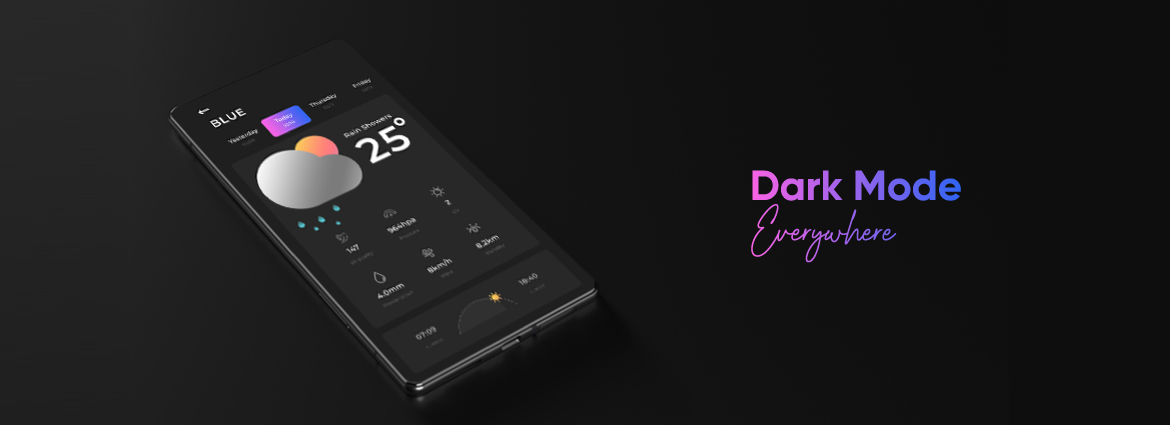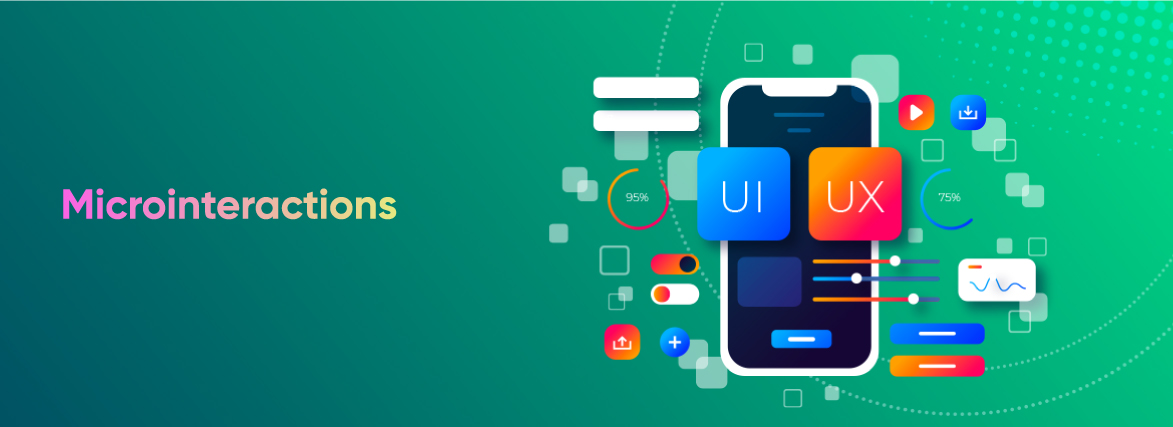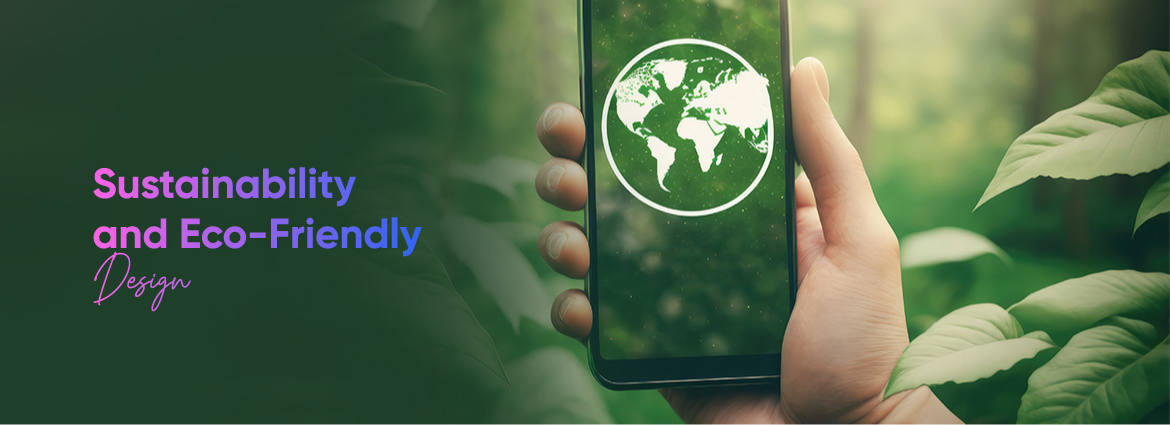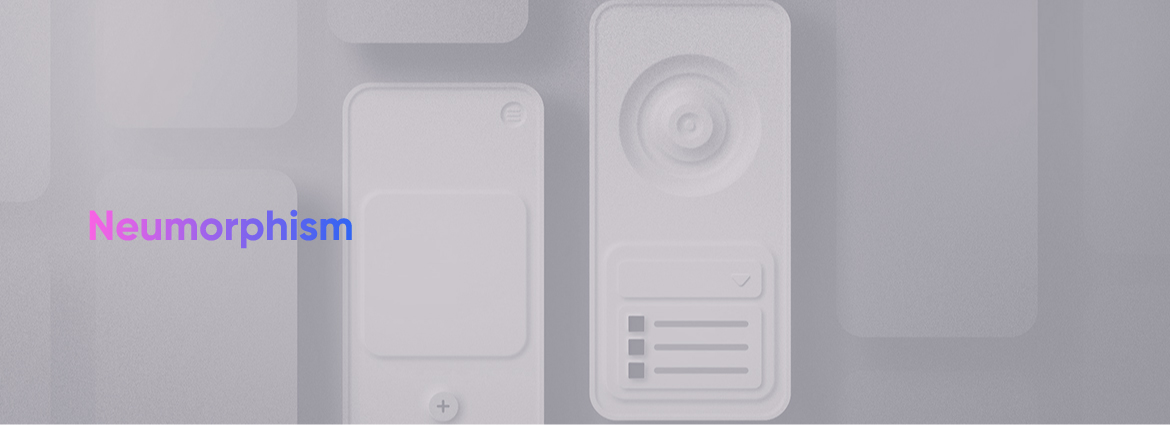
Design trends in the realm of user interface (UI) and user experience (UX) are constantly evolving. As technology advances and user preferences shift, it’s crucial for designers to stay updated with the latest trends to create engaging and intuitive digital experiences. In this article, we’ll explore the top 10 UI/UX trends that every designer should follow.
Dark Mode Everywhere

Dark mode has become more than just a trend; it’s now a staple feature in many applications and websites. Users love the option to switch to a darker color scheme, as it reduces eye strain, saves battery life on mobile devices, and looks sleek and modern. Designers should prioritize offering dark mode options in their interfaces to cater to user preferences.
Microinteractions

Microinteractions are subtle animations or feedback loops that enhance user engagement and delight. Whether it’s a button changing color on hover or a loading animation, these small details can make a big difference in how users perceive an interface. Designers should focus on adding meaningful microinteractions that guide users and provide feedback throughout their journey.
Voice User Interfaces (VUI)

With the rise of voice assistants like Siri, Alexa, and Google Assistant, voice user interfaces have gained popularity. Designers must consider how users interact with their interfaces using voice commands and design intuitive VUIs that understand natural language and provide accurate responses.
Augmented Reality (AR) and Virtual Reality (VR)

AR and VR technologies have immense potential to revolutionize the way users interact with digital interfaces. From immersive product experiences to virtual tours, designers should explore incorporating AR and VR elements to create memorable and engaging user experiences.
Minimalist Design

Less is more when it comes to UI/UX design. Minimalist design focuses on simplicity, clarity, and functionality, stripping away unnecessary elements and distractions. Clean layouts, ample white space, and crisp typography contribute to an intuitive and visually appealing user experience.
Personalized Experiences

Users expect personalized experiences tailored to their preferences and behavior. Designers can achieve this by leveraging data analytics and user insights to deliver customized content, recommendations, and interactions. Personalization enhances user engagement and fosters a deeper connection with the interface.
Accessibility

Designing for accessibility is not just a trend; it’s a fundamental principle of good design. Ensuring that interfaces are usable by people of all abilities, including those with disabilities, is essential for creating inclusive digital experiences. Designers should prioritize accessibility features such as alternative text for images, keyboard navigation, and color contrast.
Sustainability and Eco-Friendly Design

As environmental consciousness grows, so does the importance of sustainability in design. Designers should consider the environmental impact of their digital products and strive to minimize energy consumption, reduce carbon footprints, and promote eco-friendly practices in UI/UX design.
Neumorphism

Neumorphism is a design trend that combines elements of skeuomorphism and flat design to create realistic, tactile interfaces. Soft shadows, subtle gradients, and three-dimensional elements give interfaces a sense of depth and realism, enhancing the overall user experience.
Design Systems and Component Libraries

Design systems and component libraries streamline the design and development process by providing reusable UI elements, patterns, and guidelines. By adopting a systematic approach to design, teams can ensure consistency, efficiency, and scalability across projects, ultimately delivering better user experiences.




